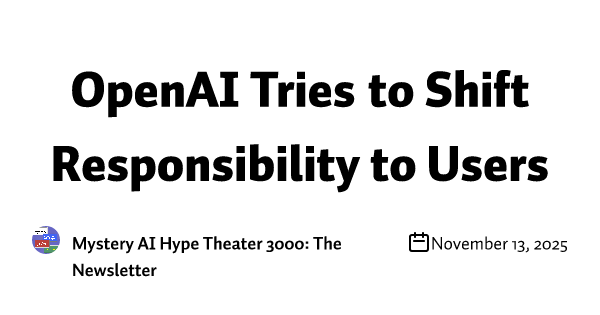I tried this after repeatedly landing on nonexistent pages while using ChatGPT. I thought: is bugsink.com on the receiving end of this too? So I asked ChatGPT how to detect its own hallucinations.
The Proof of Concept
Let’s start with the result, in 3 pictures.
The Setup
First, we ask ChatGPT to generate a bogus URL and click it.

Confirmation
ChatGPT will ask for confirmation before proceeding (I’ve seen this box for links that were not specifically generated to be bogus too, but I suppose it’s some kind of indication that ChatGPT “knows” what’s up:

The Result
Finally, we land on a 404 page that detects the source to be an LLM, and displays a custom message.

Code
Example in Django; put this through your favorite LLM to convert to your framework of choice.
Try it yourself
https://bugsink.com/clearly-made-up-url-by-chatgpt?utm_source=chatgpt.com
The above link is “cheating”, of course, since it has the utm_source parameter set to chatgpt.com. Better do as per the screenshots above (ask ChatGPT to generate a bogus URL, then try to visit it).
Article write‑up also ChatGPT‑assisted for maximum irony. Scrubbed for bogus, which was not limited to URLs.
.png)



